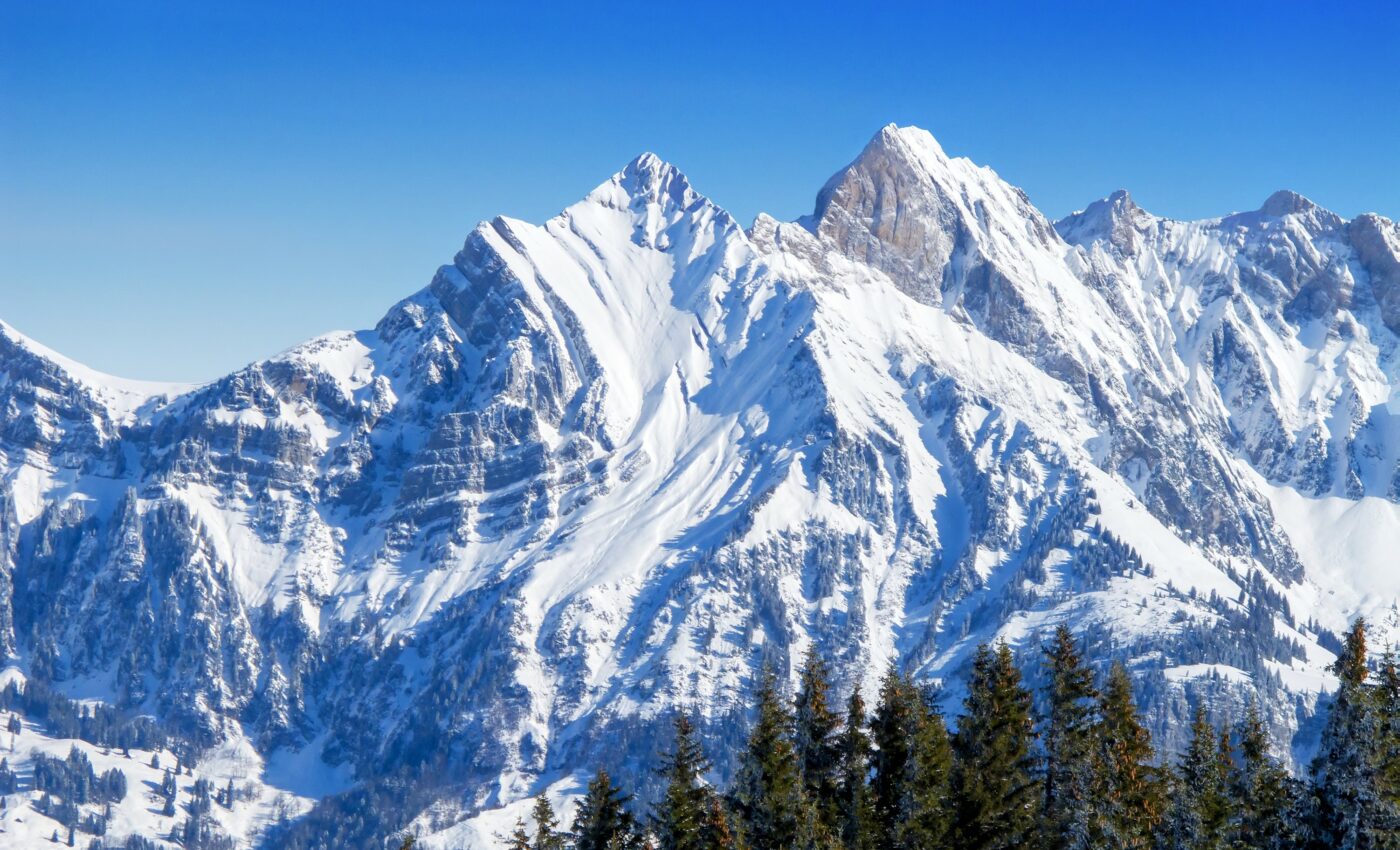
Ice cores show that early societies were dominated by climate events
Preindustrial societies in Europe were significantly impacted by climatic events and epidemics, finds a new study conducted by researchers from the USA and Switzerland. The study involved the use of microfossil data obtained from ice cores drilled in the Colle Gnifetti glacier, located in the Monte Rosa Massif of the Swiss Alps. This was the first study of microfossils frozen into ice cores from continental Europe.
Over centuries, wind, rain and snow have carried microfossils from the European lowlands, the United Kingdom and North Africa to the exposed glacier at Colle Gnifetti. Ice in this glacier dates back tens of thousands of years. The altitude of the glacier – 4,450 meters above sea level – indicates that the ice has probably not melted, meaning that the layers would retain their chronological order and not be mixed.
The microfossils preserved in the ice cores include pollen, spores, dust, carbon and charcoal particles that give information about vegetation, land use practices, fire activity and the use of fossil fuels for combustion, going back about 1,000 years. Samples taken from the cores at decadal intervals span the time period from 1050–2015. In addition, the analysis of oxygen isotopes (δ18O) in the ice provides an indication of past temperatures.
The researchers compared the long-term data from the ice cores to historical records (such as church records or diaries) of specific events to determine the main ecological and environmental factors that influenced European ecosystem dynamics during the past 1,000 years. This approach enabled them to gain a better understanding of the ways in which European societies and ecosystems were reorganized in response to climatic changes.
“The historical sources that were available before, I don’t think [the sources] got the full picture of the environmental context,” said Sandra Brugger, a paleoecologist at the Desert Research Institute in Nevada and lead researcher on the study. “But also, with the ice core, we couldn’t get the full picture until we started collaborating with historians on this. It needs those two sides of the coin.”
Some of the main findings include the following:
- The microfossil record begins in the medieval period with pollen from herb and crop plants suggesting that agricultural and pastoral activities were increasing. At the same time, tree and shrub pollen was declining, indicating large-scale deforestation. This matches documentary data describing that the clearing of forests and new crop rotations led to increased crop yields and population growth.
- Around 1300 CE, the Little Ice Age cooling began and this resulted reduced crop cultivation and pastoral activity. In addition, forests recovered to an extent, as reflected in the increase in tree and shrub pollen. These events are also reflected in written sources that report rainy years during which crop cultivation and storage were challenging. The Black Death emerged after 1348 CE, which decimated populations and led to a reduced demand for grain. Marginal farming land was thus left to return to forest.
- Evidence of a devastating drought is found in the ice cores, dated around 1540 CE. This event is recorded in more than 300 written documents that tell of low river flows and lake levels, crop failures, and continental-wide forest fires. The ice cores show very large levels of charcoal and black carbon particles that coincide with this time period. At the same time, the presence of crop plant pollen is at a minimum in the ice cores.
- By 1750 CE, the economy had transformed from subsistence into industrialized production, with its associated energy demands. The Colle Gnifetti microfossil record shows the first presence of maize (Zea mays) pollen at this time and documentary evidence mentions the widespread introduction of maize agriculture south of the Alps.
- By 1820 CE, the ice core record shows a decline in tree pollen, reflecting large-scale deforestation as people sought wood to burn for charcoal production, heating, mining, metallurgy, and smelting. These forest clearings resulted in a series of environmental catastrophes around the Alps, such as floods and avalanches, that are reported in documentary data.
- Evidence of pollution due to fossil fuel combustion was also present in the ice core data. The researchers dated the early burning of coal in the United Kingdom to around 1780, much earlier than the expected onset of industrialization around 1850, which could have implications for global climate change modeling.
In summary, the findings illustrate how microfossil data preserved in ice cores can be placed in historical context and can reveal how life for early European societies was dominated by climatic events and pestilences. Industrialization and the establishment of maize and other new crops helped European societies to be more resilient against climatic vicissitudes but environmental consequences resulted, which are now culminating in global warming and species loss.
John Birks, a paleoecologist at the University of Bergen who was not associated with the study emphasizes the significance of studies that combine two different sources of data.
“They can actually pinpoint and identify the relationships between what’s happening on the continent with climatic records inherent in the ice. They can develop, in a stronger way, this link between human civilization and change and climate, particularly in the last thousand years or so where conventional pollen analysis is rather weak.”
The study is published in the journal Geophysical Research Letters, a publication of the American Geophysical Union.
—
By Alison Bosman, Earth.com Staff Writer













